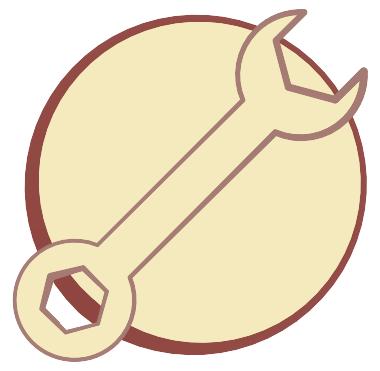On the nature of slavery
The subject of slavery is little discussed within our Empire, being a subject intrinsically linked to the rise of our nation, yet seen as such a taboo that we may not even discuss it. I do however posit that to ignore it is to miss the opportunity to learn.
I am concerned that the rise of Tar Kisael was in part due to our unwillingness to try and understand the nature of slavery.
There are no questions that atrocities occurred during that period, but the records I have studied do not completely fit the official history of what happened.
The history states that Tar Kisael rose briefly to power, brutally enslaving the villages surrounding Onikal. Within a couple of years, the brave Knights of Dimor were gathered and rode their faithful steeds into battle under the command of Kaltan. Kaltan sadly perished, but a young knight by the name of Danomar took up his commander’s spear and slew the mighty beast that was Tar Kisael.
The first fact that I question is the length of Tar Kisael’s rule. Survivors of the battle of Onikal spoke of the trauma of facing deyirn in battle, with even mention of gladiator tarsachs. We have heard tales of gladiators from the days before the empire – fubarnii selected from an early age and forced to fight their siblings, with only the most brutal and effective allowed to survive. Precise figures are of course hard to verify, but it seems that barely one in fifty would survive to adulthood. Those who survived were trained to fight closely with their kin in small groups – ‘tarsachs’. The tarsachs would be pitched against other tarsachs in ritual battles in the shadows of the Devanu towers, occasionally young Devanu would be given the honour of fighting a tarsach to prove their position within the pack.
We have been taught that these youngsters were tortured and mistreated, but there are conflicting stories that speak of the youngsters being treated with great respect; living luxuriously, eating well and being furnished with finely crafted weapons.
When faced with their liberators, it seems that they chose to fight, even when the hostage creches had been rescued and the Devanu no longer had a hold over them. It would seem that the tarsach no longer saw themselves as fubarnii, but rather as kin to the Devanu.
The appearance of these tarsach implies that Tar Kisael must have been in power for ten years at least, growing in power subtly for many years before the Emperor became aware. The sheer number of tarsachs seen during the liberation suggests an even longer period.
It is this subtle growth that does not fit with our tales of the mindless Devanu beasts. As I understand, Tar Kisael’s rule began in the village of Hurai. Kisael did not slaughter the villagers, but rather captured the youngsters of the creches with minimal bloodshed. The youngsters were cared for with the jenta of the pack while the fubarnii went about their lives as before. Several of the fubarnii volunteered as acorri deyirn, learning to communicate in the Devanu’s guttural language and carrying out their wishes. The Devanu did not feast upon the fubarnii as a matter of course: while there were hunts (almost ceremonial in nature), and young fubarnii were occasionally sacrificed or executed, the fubarnii were treated as being more valuable than simply food. Perhaps the worst of the atrocities was the enforced breeding and the removal of the egg masses as soon as they were fertilised, such that they might be raised in the large creches and the strongest selected for the tarsachs.
There is strong evidence that the fubarnii population grew at an astonishing rate during this time. The Devanu did of course demand their tributes and feasted well on the fubarnii’s domesticated beasts, and the demands of the growing population were great, however the fubarnii were left to manage their farms as they saw fit in order to meet those demands. Trade with the passing trade families continued. There is a strong question as to how communication was maintained without the traders ever becoming aware of the growing threat and the enslavement of so many fubarnii over such a long period. It is unclear whether the fubarnii lived in such perpetual fear that they dare not even ask for help, or whether their lives were actually improved under the Devanu’s oversight – in effect trading freedom traded for security.
Tar Kisael’s rule was eventually discovered as the village of Hurai ceased to pay its taxes. Several representatives sent by the leaders of the clan disappeared, warranting a more thorough investigation and the eventual discovery of Tar Kisael’s tower. The fate of the representatives is also questionable – were they hunted by the Devanu, or executed by the deyirn themselves?
Source: Mike Thorp

